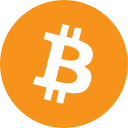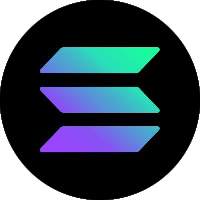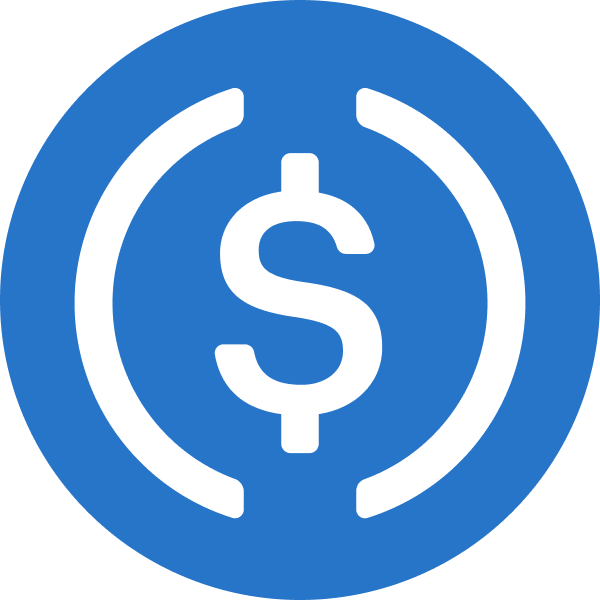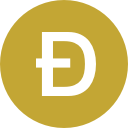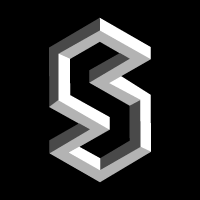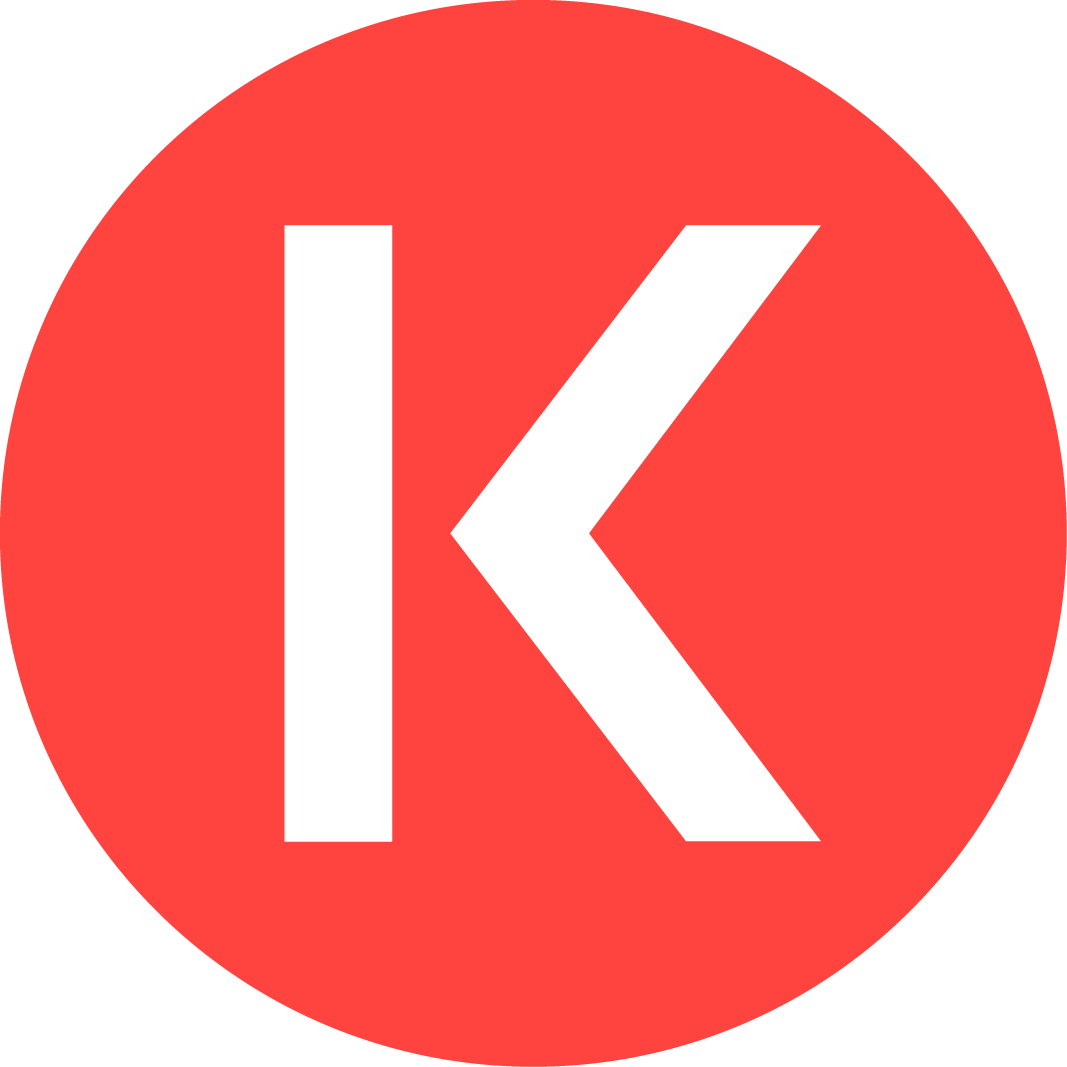
Acheter Cellframe grâce à Coinbase Wallet
L'actif Cellframe peut être tradé grâce à Coinbase Wallet, qui vous ouvre les portes du monde des cryptomonnaies.
L'actif Cellframe est uniquement accessible via Coinbase Wallet. Coinbase ne détient pas vos actifs sur Coinbase Wallet, et l'utilisation du portefeuille est soumise à ces conditions.
Marché
Actualités sur Cellframe
Actifs liés
Calculatrice de Cellframe
Coinbase Bytes
Le Cellframe est en baisse cette semaine.
Le cours de Cellframe a increased de 0,52 % au cours de la dernière heure, et increased de 4,10 % dans les dernières 24 heures. Le cours de Cellframe a également fallen de 23,25 % au cours de la dernière semaine. Le cours actuel de CELL est de 0,85 $US, avec un volume de trading de 507,86 k $US sur 24 heures. Actuellement, la valeur de Cellframe est inférieure de 87,12 % à son record historique de 6,60 $US. Ce record historique correspond au prix le plus élevé payé pour l'actif Cellframe depuis son lancement.
L'offre en circulation actuelle de Cellframe est de 28 599 167,904 CELL, ce qui signifie que la capitalisation boursière totale de l'actif Cellframe s'élève à 28 599 167,904.
FAQ
Découvrir les profils ENS
Entrez dans l'univers des profils Ethereum Name Service (ENS). Connectez-vous, développez vos connaissances et interagissez avec la communauté du Web3 sur profile.coinbase.com. Découvrez ci-dessous certains des profils ENS les plus populaires.
Certains contenus ont été élaborés par des tiers non affiliés à Coinbase Inc. ni à l’une de ses filiales, et Coinbase n’en est pas responsable. Coinbase n'est pas responsable des erreurs ou des retards de contenu, ni des mesures prises sur la base d'un contenu quelconque. Ces informations sont communiquées à des fins informatives uniquement, elles ne constituent pas un conseil d'investissement. Elles ne visent à vous recommander ni d'acheter ou de vendre un actif numérique donné, ni d'adopter une certaine stratégie d'investissement. Coinbase ne fait aucune déclaration concernant l'exactitude, la pertinence ou le caractère valable des informations fournies ou concernant un actif donné. Les prix sont indiqués à titre illustratif uniquement. Les prix réels des cryptomonnaies et les statistiques associées peuvent varier. Les données présentées peuvent refléter les actifs négociés sur Coinbase et sélectionner d'autres plateformes d'échange de cryptomonnaies.










